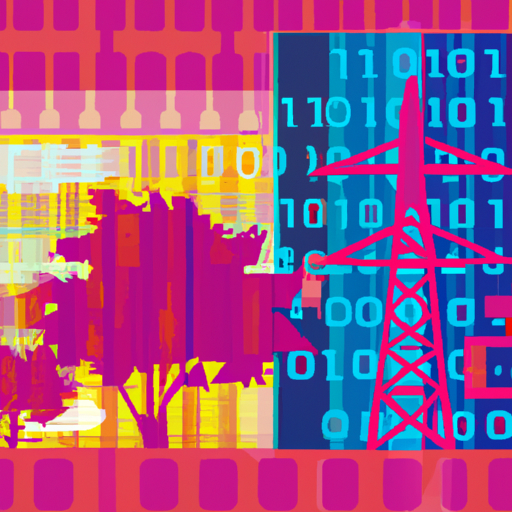With the advent of the internet and the rapid development of technology, cyber threats have become a pervasive issue in today’s digital landscape. From viruses and malware to phishing attacks and data breaches, the range and complexity of these threats have evolved over time. In this article, we will dive into the history of cyber threats, examining their origins, growth, and the challenges they present for individuals and organizations alike.
The Origins of Cyber Threats
Cyber threats trace their roots back to the early days of computing when networks were primarily used for academic and research purposes. The emergence of the first computer viruses in the 1970s, exemplified by the Creeper and Reaper programs, marked the beginning of a new era. These early viruses replicated themselves, infecting computers and causing disruption.
As technology advanced, cyber threats became more sophisticated. In the 1980s, the notorious Morris Worm infected thousands of computers and brought down large sections of the internet. This incident served as a wake-up call, highlighting the need for improved cybersecurity measures.
The Rise of Malware
In the 1990s, the popularity of personal computers and the internet paved the way for a new generation of cyber threats. Malware, short for malicious software, emerged as a dominant threat vector. Viruses, worms, Trojans, and spyware proliferated, causing widespread damage and compromising sensitive information.
During this period, cybercriminals began monetizing their activities, targeting financial institutions and individuals for financial gain. This trend continued into the early 2000s, with the emergence of ransomware – a form of malware that encrypts files and demands a ransom for their release. Ransomware attacks became increasingly prevalent and lucrative, prompting organizations to invest heavily in cybersecurity defenses.
The Era of Social Engineering
Advancements in technology not only brought about new forms of threats but also opened doors for social engineering attacks. Cybercriminals realized that the weakest link in any security system is often the human element. Phishing, spear-phishing, and other social engineering tactics became popular means of exploiting human vulnerabilities to gain unauthorized access to systems and sensitive data.
Social media platforms and other online communities also became breeding grounds for cyber threats. The rise of clickjacking, identity theft, and online scams exposed unsuspecting users to risks they might not have anticipated.
Today’s Cyber Threat Landscape
In recent years, the cyber threat landscape has continued to evolve rapidly. The increasing interconnectedness of devices through the Internet of Things (IoT) has introduced new vulnerabilities. From smart homes to industrial control systems, cybercriminals have exploited weaknesses in these connected devices, giving rise to new forms of threats.
Cybersecurity professionals are now faced with the challenges of defending against advanced persistent threats (APTs) and nation-state-sponsored attacks. These threats often involve sophisticated techniques and have the potential to cause significant damage to governments, critical infrastructure, and private organizations.
The Future of Cybersecurity
As technology advances, cyber threats will undoubtedly continue to evolve. With the advent of artificial intelligence and machine learning, both defenders and attackers will have access to more powerful tools. While these technologies can enhance cybersecurity defenses, they can also be exploited by cybercriminals to orchestrate more sophisticated attacks.
Cybersecurity experts and organizations must stay ahead of the game by investing in advanced threat intelligence, robust defenses, and ongoing training programs. Collaboration and information sharing among stakeholders are crucial in combating cyber threats on a global scale.
In conclusion, the evolution of cyber threats has showcased the ever-changing nature of digital security challenges. From the early days of computer viruses to the sophisticated APTs of today, cyber threats have grown in complexity and severity. To protect ourselves and our digital assets, it is essential to remain vigilant, adapt to new technologies, and employ a comprehensive approach to cybersecurity.









